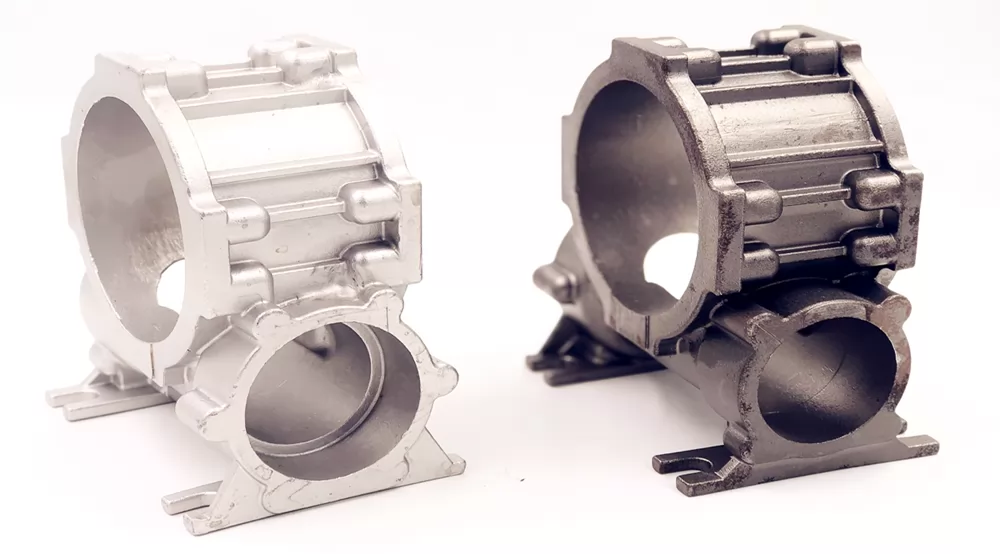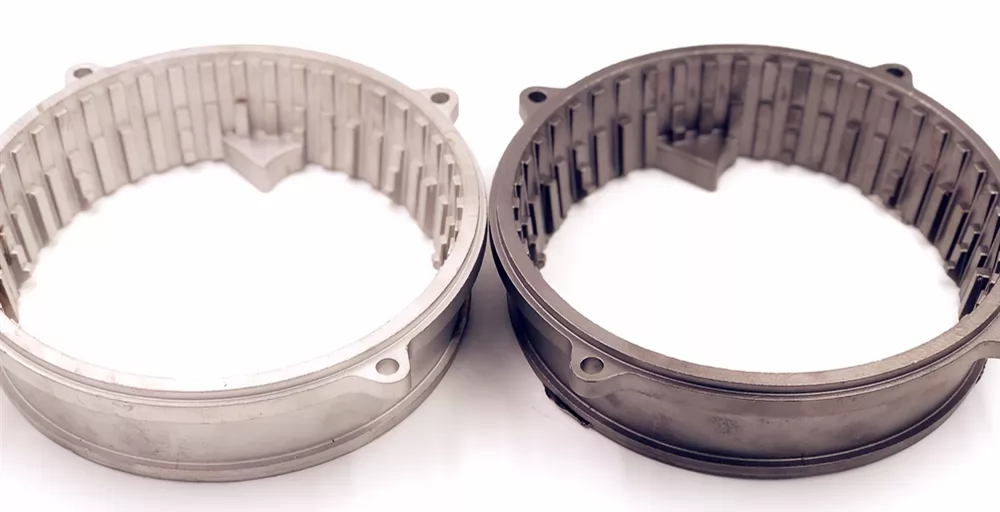The method of using acid solution to remove oxide scale and rust on the surface of steel is called pickling. It is a way to clean metal surfaces. It is usually carried out together with pre-passivating treatment.
Generally, the parts are immersed in an aqueous solution such as sulfuric acid to remove oxide films on the metal surface. It is the pretreatment or intermediate treatment of electroplating, enamel, rolling and other processes.

If the corrosion product generated by the metal due to the action of the medium has a dense structure and forms a layer of film (often invisible), which covers the surface of the metal closely, the surface state of the metal is changed, and the electrode potential of the metal is greatly increased. Jump in the positive direction and become a passive state for corrosion resistance.
For example, when Fe→Fe2+, the standard potential is -0.44V, and it jumps to +0.5~1V after passivation, and it shows corrosion-resistant precious metal performance. This film is called passivation film.
Metal passivation may also be a spontaneous process (such as the formation of a layer of insoluble compounds on the surface of the metal, that is, an oxide film). In industry, passivation agents (mainly oxidants) are used to passivate metals to form a protective film.
Common examples: cold concentrated sulfuric acid, cold concentrated nitric acid, iron and aluminum can all be passivated.
The main and only purpose of pickling is to remove oxide scale on the surface of stainless steel castings. Therefore, stainless steel castings do not have to be pickled. It is only needed when there is oxide scale on the surface. For example, stainless steel castings annealed with protective gases such as pure hydrogen and ammonia decomposition do not require pickling.
Stainless steel pickling is usually associated with passivation. Stainless steel castings that need pickling are generally passivated, because there is no passivation film formed on the surface after pickling or the thickness of the passivation film is very thin, which has no effect. A follow-up passivation process must be added to form and perfect a passivation film on the surface of stainless steel. This film is the key for stainless steel to not rust and corrode in general media.
The advantages of passivation are as follows:
● Compared with the traditional physical sealing method, the passivation treatment has the characteristics of absolutely no increase in the thickness of the workpiece and no change in color, which improves the precision and added value of the product and makes the operation more convenient;
● Since the passivation process is carried out in a non-reactive state, the passivation agent can be added and used repeatedly, so the life is longer and the cost is more economical.
● Passivation promotes the formation of the oxygen molecular structure passivation film on the metal surface, the film layer is dense, the performance is stable, and it has a self-repairing effect in the air, so compared with the traditional method of applying anti-rust oil, the passivation formed The passivation film is more stable and corrosion resistant.

1. Pickling: hanging stainless steel parts → chemical degreasing (conventional alkaline chemical degreasing or surfactant degreasing) → hot water washing → running water washing → first pickling → running water washing → second pickling → running water Washing → transfer to the next process (such as: chemical coloring → recycling → running water washing → hardening treatment → running water washing → sealing treatment → running water washing → drying → finished product).
2. Passivation: Before pickling and passivation of stainless steel workpiece, if there is surface dirt, etc., it should be mechanically cleaned, and then degreasing and degreasing. If the pickling solution and passivation solution cannot remove grease, the presence of grease on the surface will affect the quality of the pickling passivation. Therefore, degreasing and degreasing cannot be omitted, and lye, emulsifier, organic solvent and steam can be used.
An excellent stainless steel casting product needs to undergo such treatment. Besser Casting Company can produce various stainless steel castings treated in this way for you. If you need stainless steel castings produced by investment casting technology, please contact us.



